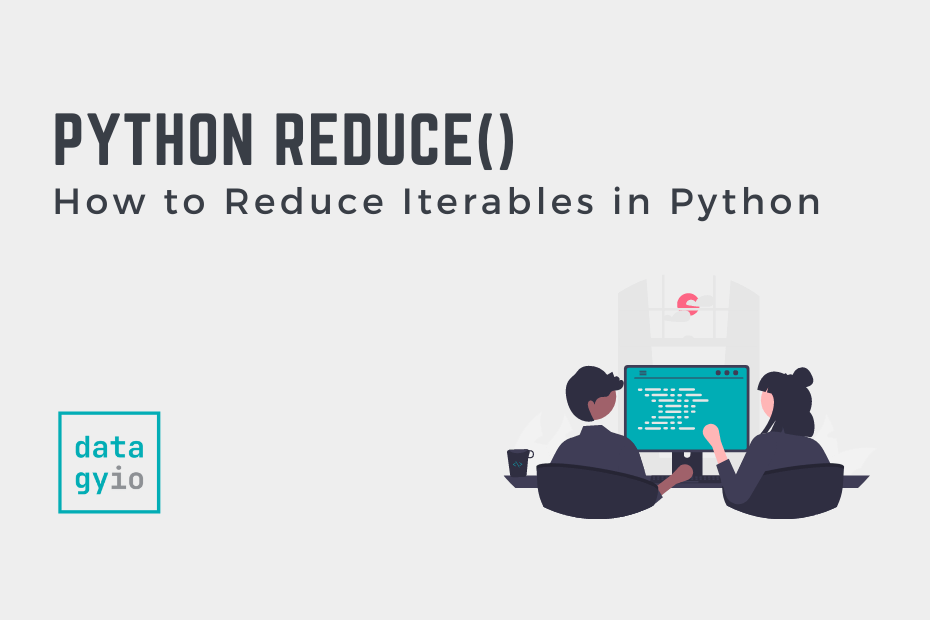PyTorch DataLoader: A Complete Guide
In this tutorial, you’ll learn everything you need to know about the important and powerful PyTorch DataLoader class. PyTorch provides an intuitive and incredibly versatile tool, the DataLoader class, to load data in meaningful ways. Because data preparation is a












